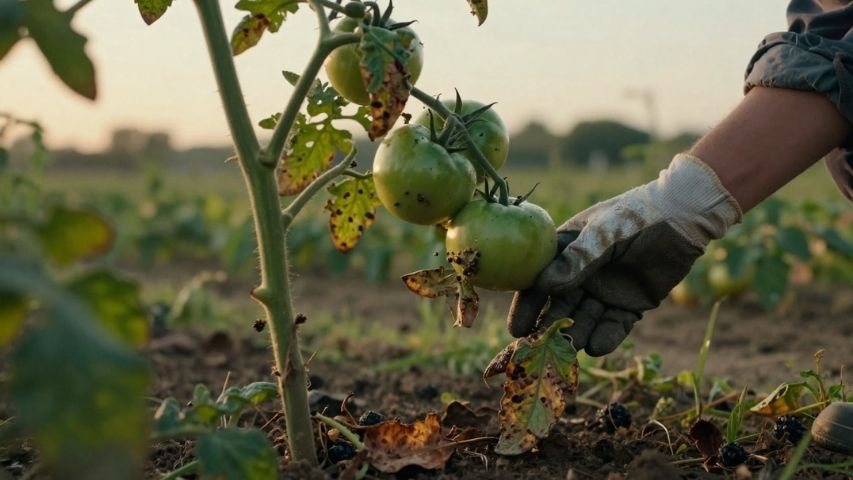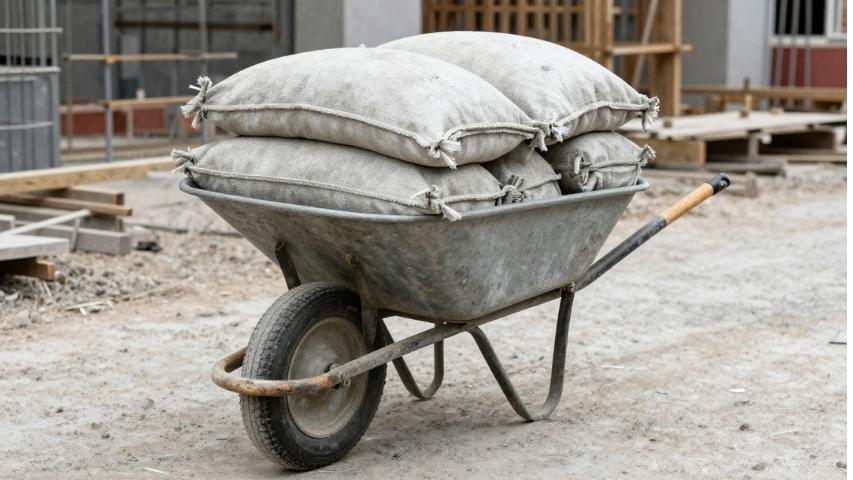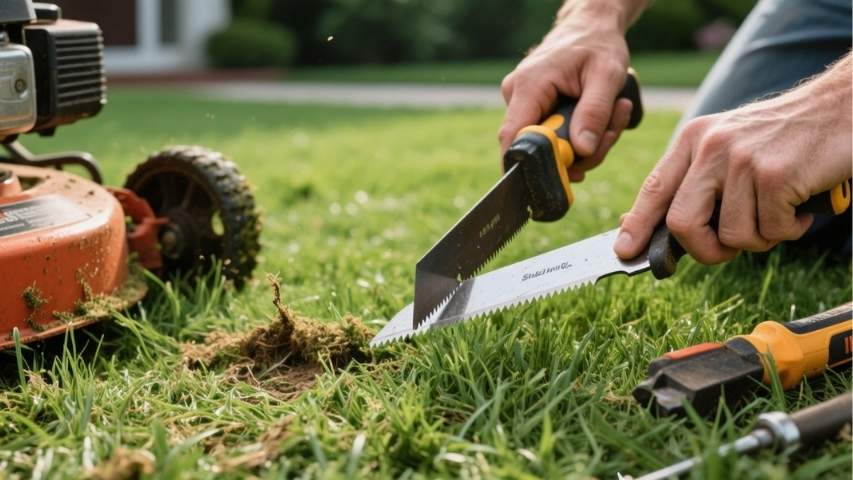Growing low-maintenance, charming plants is every gardener’s dream, especially for beginners looking to start their green-thumb journey. The chicks and hens plant, or Sempervivum, is the perfect addition to elevate your garden with its unique hardiness and visual appeal. Whether you’re an experienced horticulturist or new to gardening, this post will guide you through everything you need to know about these captivating succulents.
What Are Chicks and Hens Plants?

Chicks and hens are a group of hardy, low-maintenance succulents that thrive in most climates. Their name comes from their growth habit—the “hen” is the main, larger rosette that produces smaller rosettes, or “chicks,” around its base. These plants are beloved for their resilience, stunning geometric formations, and diverse colours, ranging from green to deep purple.
Scientifically classified under the genus Sempervivum, which means “always alive” in Latin, these plants can withstand extreme drought conditions and cold winters, making them ideal for gardeners seeking beautiful yet challenging plants.
Why Are They Popular?
Adaptable: Thrives in outdoor gardens, rockeries, and even indoor containers.
Low-maintenance: Requires minimal watering or care.
Visually appealing: Comes in various colours and patterns to suit any aesthetic.
Environmental benefits: Helps prevent soil erosion and attracts pollinators like bees when it flowers.
Benefits of Growing Chicks and Hens Plants

Easy to Grow
Chicks and hen plants are some of the easiest plants to care for. They thrive in nearly any condition, including poor soil. If you’re a beginner gardener, these hardy succulents will give you the confidence to expand your plant repertoire.
Perfect for Small Spaces
Lacking a spacious backyard? No problem! These compact plants fit easily into small containers, making them perfect for balconies, windowsills, or tiny gardens.
Drought Tolerance
Once established, chicks and hens are incredibly drought-resistant. If you often forget to water your plants, these succulents will always forgive you.
Versatility in Design
Whether creating a rock garden, lining a garden path, or designing a vertical succulent wall, chicks and hen plants adapt effortlessly to any setup.
Long-lasting Beauty
These perennials return year after year, adding lasting beauty to your garden with minimal effort.
How to Grow Chicks and Hens Plants
Step 1: Find the Right Location
Chicks and hen plants love sunlight. Choose a spot in your garden with at least six hours of sunlight daily. If you’re placing them indoors, opt for a bright windowsill.
Step 2: Select the Perfect Soil
These plants require well-draining soil to thrive. You can use cactus soil or mix regular garden soil with sand or perlite to ensure water drains quickly, preventing root rot.
Step 3: Planting
- Gently remove the plant from its container. If you’re separating offset chicks from the hen, carefully snap them off from the base.
- Plant the rosettes shallowly, with roots just below the surface.
- Leave sufficient spacing between each plant (about 6–8 inches) for proper growth.
Step 4: Watering
Chicks and hens are succulents, so they don’t like overwatering. Water sparingly, allowing the soil to dry out completely between waterings. If you live in a rainy area, ensure the plant has proper drainage to avoid sitting in water.
Step 5: Fertilizing
Good news—these plants are not heavy feeders! Fertilize them sparingly once a year during the growing season with a succulent-friendly fertilizer.
Step 6: Care and Maintenance
- Remove dead or wilted chicks to keep the plant tidy and encourage new growth.
- Avoid overwatering, which can lead to root rot and fungal diseases.
Creative Ways to Use Chicks and Hens Plants
Rock Gardens: Their drought tolerance and compact growth make them perfect for adding depth and texture to rock gardens.
Living Roofs: Create a stunning green roof on small structures like garden sheds.
Terrariums: Use them in glass containers for a stylish indoor arrangement.
Path Borders: Line garden paths with chicks and hens to create a natural and elegant border.
Vertical Gardens: Arrange them in hanging planters or framed setups for stunning wall art.
Common Problems and How to Solve Them
Though chicks and hen plants are resilient, you might encounter a few challenges:
Overwatering
Symptoms: Leaves turn mushy and translucent.
Solution: Allow the soil to dry thoroughly before watering. Always use well-draining soil.
Pests
Symptoms: Presence of aphids or mealybugs on the plant.
Solution: Spray with insecticidal soap or use neem oil for natural pest control.
Etiolation
Symptoms: The plant stretches, losing its compact shape.
Solution: Move the plant to a sunnier location, as this usually happens due to insufficient sunlight.
Exciting Varieties of Chicks and Hens to Try
Sempervivum’ Red Beauty’—Boasts red-tinged leaves for a vibrant addition.
Sempervivum’ Cobweb’ (Sempervivum arachnoideum)—Features web-like white filaments resembling cobwebs.
Sempervivum’ Ruby Heart’—Has deep ruby-red centres that fade to green edges.
Each variety offers unique textures and colours, bringing your garden to life all year.
Why You’ll Love Adding Chicks and Hens Plants to Your Garden
Chicks and hen plants are more than just succulents—they’re a testament to what can happen when beauty meets resilience. These plants add charm and interest to any space while requiring minimal maintenance, making them perfect for both seasoned gardeners and beginners.
If you’re ready to transform your garden with these versatile beauties, there’s no better time than now! Plant your first chicks and hens, and watch your garden evolve into a low-maintenance masterpiece.
Frequently Asked Questions
How much sunlight do chicks and hens plants need?
Chicks and hens thrive in full sunlight, ideally receiving 6 to 8 hours of direct sun daily. However, they can also tolerate partial shade, making them adaptable to various garden conditions.
How often should I water my chicks and hen plants?
These plants are drought-tolerant and only require occasional watering. Allow the soil to dry out completely between waterings to prevent overwatering, which can lead to root rot. During the winter, watering is reduced even further.
Can chicks and hens survive cold climates?
Yes, chicks and hens are hardy plants that can withstand freezing temperatures. Many varieties are suitable for USDA Hardiness Zones 3-9. If you live in an area with harsh winters, ensure they are planted in well-drained soil to avoid frost damage.
Do chicks and hens require unique soil?
These succulents prefer well-draining soil, such as a cactus mix or sandy soil. They avoid heavy, clay-rich soils, which can retain too much moisture and harm the plant.
How can I propagate chicks and hens?
Propagation is easy! Chicks and hens produce small “offsets” or baby plants, commonly called “chicks.” Detach these from the parent plant and replant them in an area with similar growing conditions, and they will quickly establish themselves.
Are chicks and hen plants prone to pests or diseases?
Chicks and hens are generally pest-resistant but may occasionally attract aphids or mealybugs. To prevent these issues, ensure proper airflow and avoid overwatering.
If you have further questions, don’t hesitate to seek expert advice or visit your local garden centre for assistance!
Final Step
Regularly check their environment and adjust as needed to ensure the long-term health and growth of your chicks and hen plants. Remove dead leaves and spent rosettes to maintain their appearance and prevent overcrowding. With proper care and attention, these hardy, low-maintenance plants will thrive, adding beauty and charm to your garden for years.











